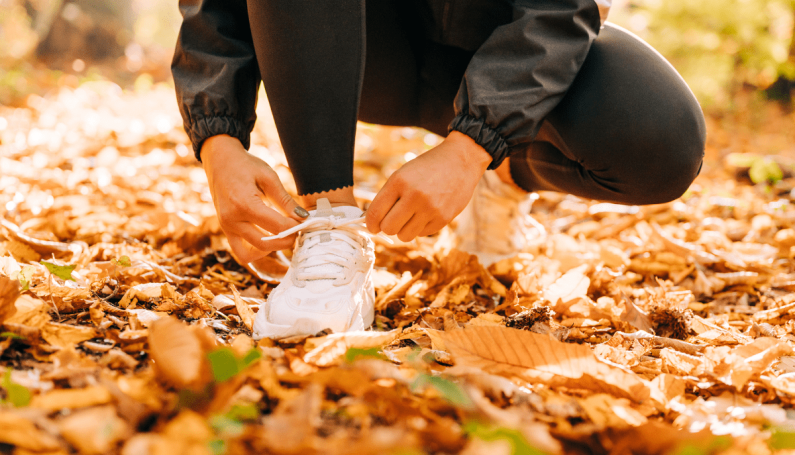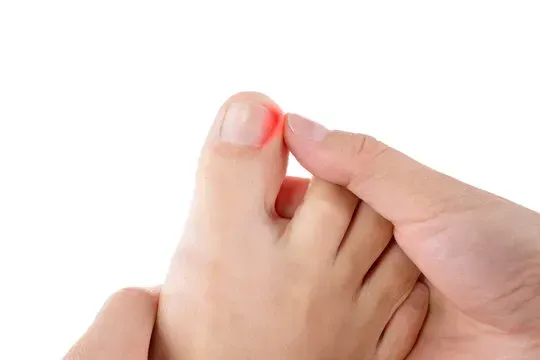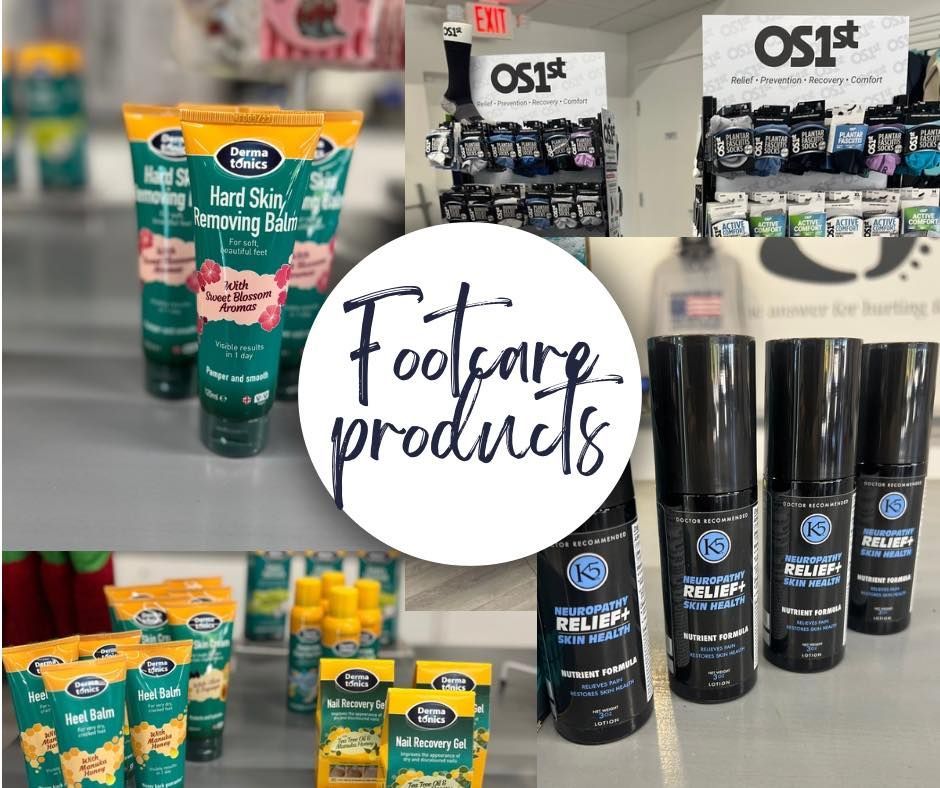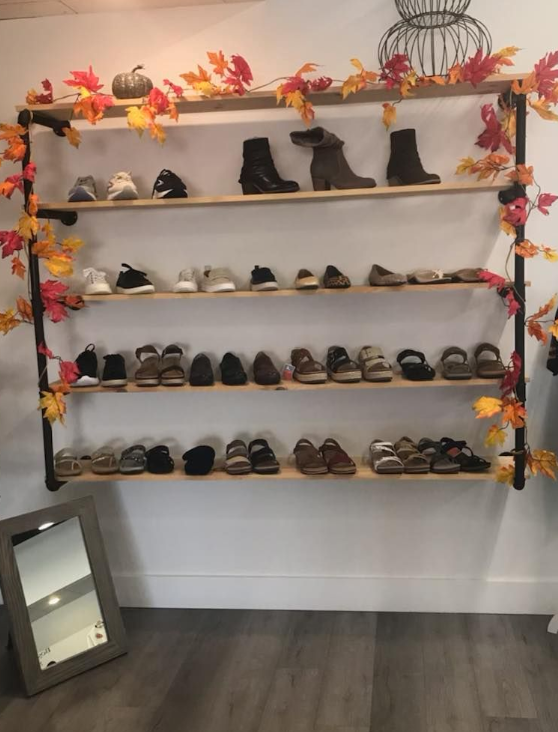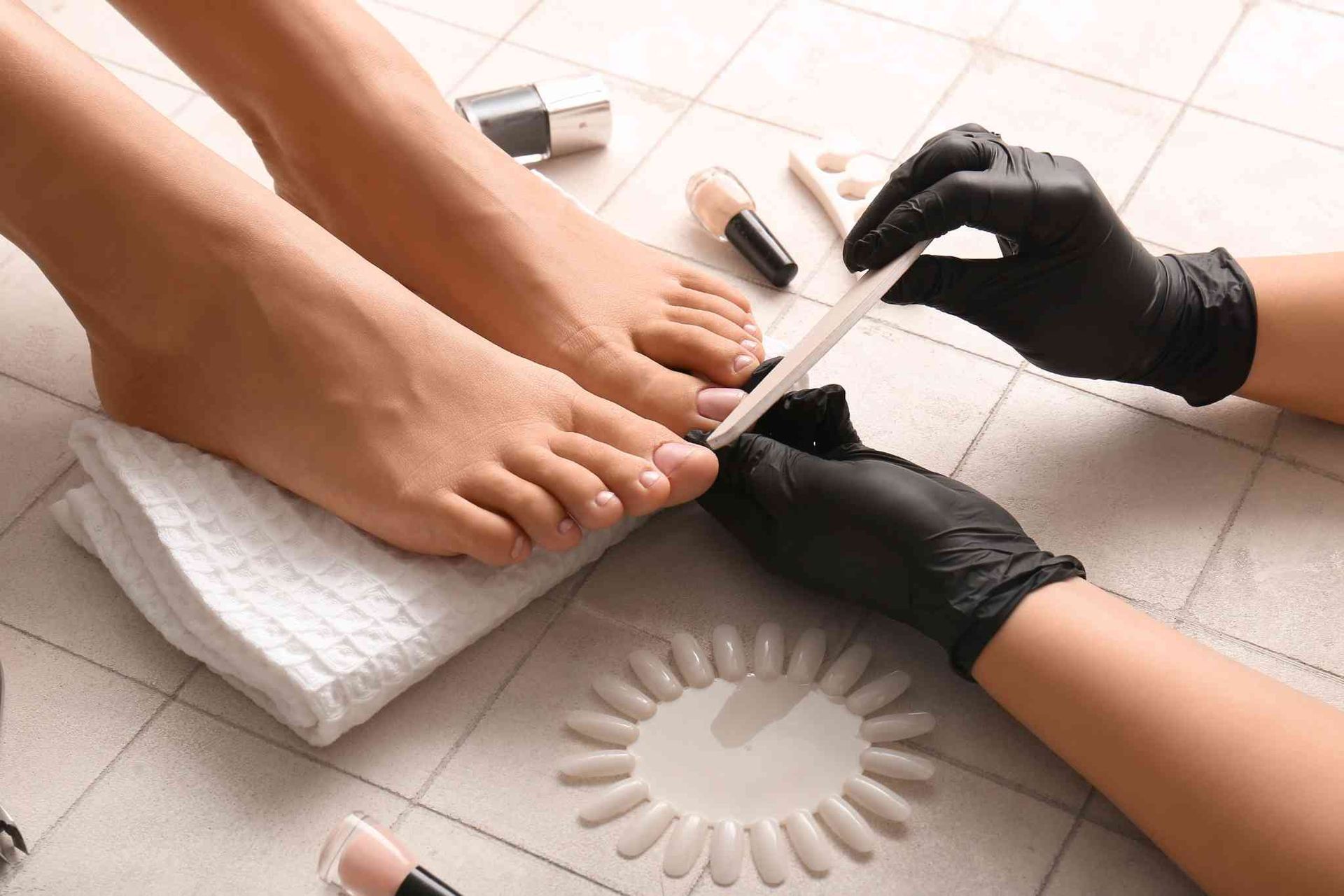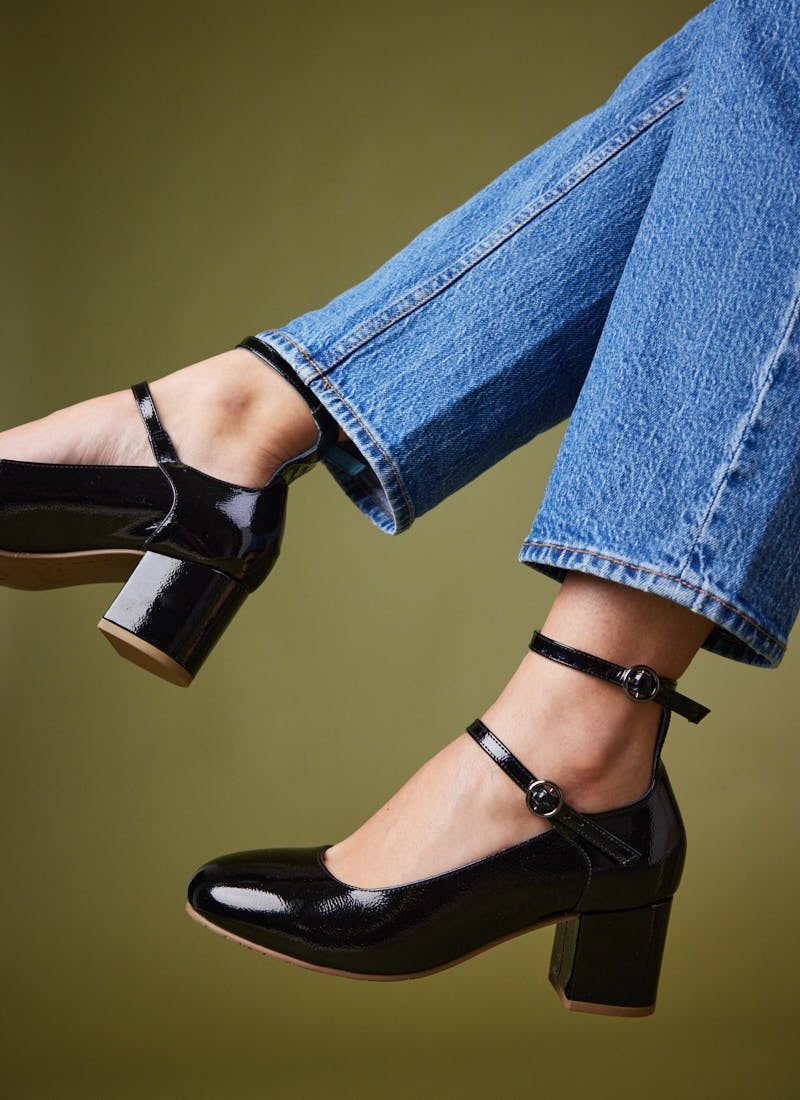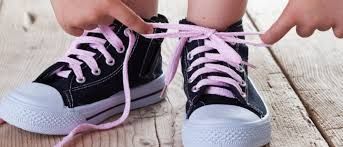Post Title
Healthy Toenails = Happy Feet:
Your Guide to Toenail Health
When we think about personal hygiene and health, toenails often get overlooked. Yet, these small but mighty parts of our body can be early indicators of underlying health issues and are essential to overall foot health. Whether you're an athlete, a fashion enthusiast, or someone who enjoys barefoot strolls, maintaining healthy toenails is more important than you might think.
Toenail health matters because they protect the tips of our toes from injury and provide support during walking and running. Unhealthy toenails can cause pain, make walking difficult, and even lead to infections. Ignoring toenail issues can sometimes result in complications that affect mobility or require medical attention.
Common Toenail Problems:
- Fungal Infections (Onychomycosis): Often characterized by thickened, yellow, or brittle nails, these infections thrive in warm, moist environments.
- Ingrown Toenails: Caused by improper nail trimming or tight shoes, they can be painful and prone to infection.
- Discoloration: This may be due to trauma, fungal infection, or underlying health conditions like diabetes or melanoma.
- Brittle Nails: Often linked to nutritional deficiencies, dehydration, or overexposure to water and harsh chemicals.
- Thickened Nails: Could result from trauma, fungus, or aging.
Tips for Maintaining Healthy Toenails
- Keep Nails Clean and Dry: This prevents fungal infections and bacterial growth.
- Trim Properly: Cut toenails straight across and not too short to avoid ingrown nails.
- Wear Proper Footwear: Shoes should fit well and allow your toes room to breathe.
- Practice Good Hygiene: Wash your feet daily and dry thoroughly, especially between the toes.
- Moisturize: Use foot creams to prevent dry, cracking skin and cuticles.
- Avoid Nail Trauma: Be cautious during sports or when moving heavy objects.
- Disinfect Nail Tools: Especially if you do at-home pedicures.
- Avoid Nail Polish Overuse: Give your nails time to breathe between applications.
If you notice persistent pain, swelling, discoloration, or changes in nail shape, it's time to consult a podiatrist or dermatologist. Early intervention can prevent complications and help treat issues more effectively. Your toenails are more than just cosmetic— they are an important part of your foot health. By paying attention to them and incorporating simple care routines, you can avoid many common issues and keep your feet looking and feeling their best.
